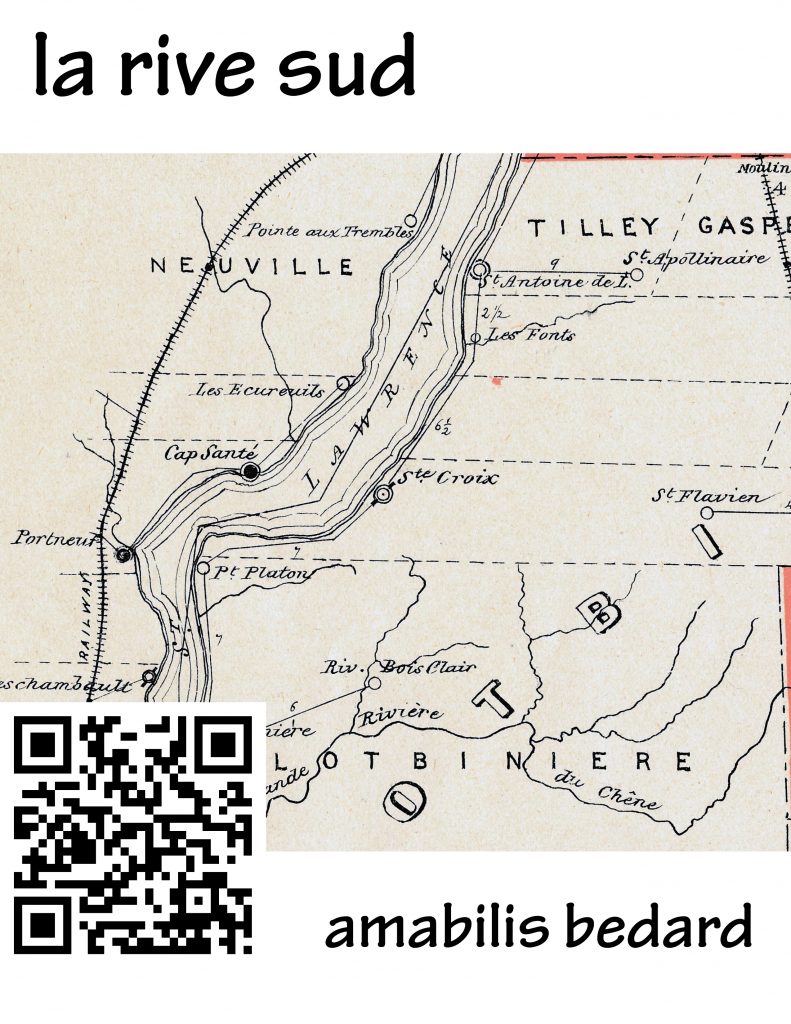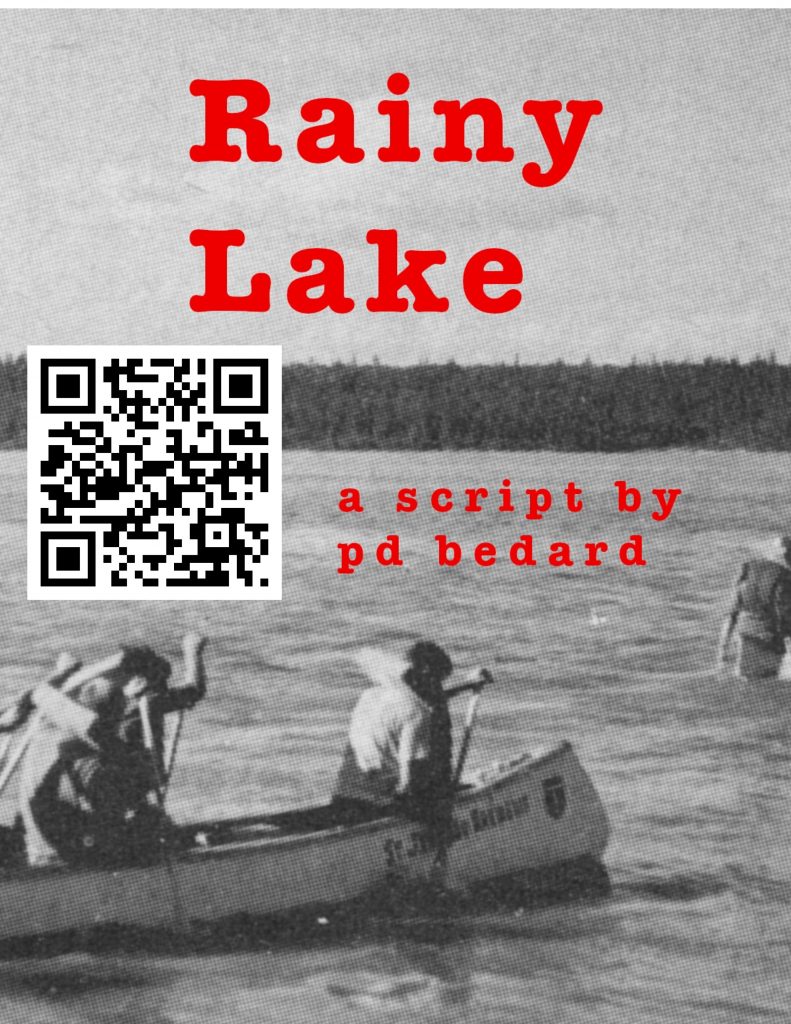
These were Steve’s “dark” times. Exiled from Apple by John Scully and struggling to replay his first run with an innovative and cool, yet unprofitable, computing company — NeXT. At the time, Gil Amelio, Apple’s CEO was suffering from an extreme dearth of RDF. He had lost all of his, and especially where it mattered most — on Wall Street.
The ex-Advanced Micro Devices (AMD) CEO was perceived to be driving Apple and its brand into the ground. Gil impressed no one, either inside or outside Apple. Even Sun Microsystems became interested in buying Apple as an entry into the low-end market. Rumors took hold of Apple, like grubs in a lawn. Gil was unable to sway hearts and minds — what RDF he might have had at AMD and dissipated by the endless second-guessing and backbiting on the benches at Apple. The world knew it and worse, he probably knew it, too.
Still today, a good twenty years after working with Steve I’m convinced we had deep, meaningful conversations of great importance, so strong was his immediate RDF. At the end of the day, it really did not matter whether Steve believed it, what mattered is what I believed, it is what people believed and perceived.
Good leaders (and clients) are like that — they draw people in, play with them, feed them, and tuck them into their proper puppy box.
Everyone recognized the limits to Steve’s RDF. We used to joke that while Steve’s RDF was strong, it did not extend outside the room he occupied.
Sadly for Steve and much of the rest of the universe, in 1995, the days darkened as Bill Gates’ RDF began to envelop the world in its paperclip clutches as it thought about Windows 98.
Windows was king, Unix desktop workstations were a temporary phenomenon, and Apple was collapsing more and more into the niches it created: what was known as the “K thru 12” market and publishing.
Time was kind to Steve’s RDF. Over the years, it grew and grew. Steve blew out the RDF quotient years ago, but at the time, he was struggling to find believers, people who would stay in the room with him and ignore the rest of the world outside using Windows.
Thinking of Steve today, I believe he still lives in the RDF, a pure spirit bouncing around and mixing it up with things. The RDF is a heaven of sorts for him, an ethereal heaven of good vibes, positive reinforcement, and iOS ever after. It’s also responsible for most of the world’s iPhone snaps.
You can’t fight the RDF? When faced with waves, you surf, you never fight the riptide. You need to live for the next set. I had to keep swimming, even if it just meant treading water for a bit.
Luckily, I had an indirect ally in Bud Tribble.
NeXT’s technology was second to none. All NeXTSTEP needed to succeed was hardware processing power and liberal licensing terms from its partners, like Adobe.
Both were lacking in 1995.
Adobe’s Display PostScript system was NeXTSTEP’s imaging system. Not surprisingly, today’s iOS and macOS evolved from the work done at NeXT. The use of PDF as an imaging system in macOS is analogous to using DPS as an imaging system. At macOS’s heart beats a Unix kernel based on FreeBSD, conceived in Berkeley by Bill Joy and his East Bay cohorts.
Steve loved Adobe and its co-founders, John Warnock and Chuck Geschke. And he should have, the three of them had changed the world of publishing. He loved them without reserve. Imitation (and copying) is the greatest form of flattery.
Steve’s cloning of PDF for the macOS imaging system was a true nod to Chuck and John’s imaging genius, a karmic tribute that is incisive in its rank simplicity and eternal cementing the three men together in one of the world’s most important collaborations.
Beyond their brilliance, Chuck and John were truly personable (Chuck more than John). They became Steve’s surrogate fathers filling a constant void in his life. It was a cross-generational collaboration benefiting the three, whether they knew it or not. These men made Photoshop Photoshop, PostScript PostScript, and PDF PDF.
Together, they created the first wave of desktop publishing. Steve put Adobe PostScript on the map by building it into the first Apple LaserWriter, a fantastic marriage of software with hardware.
Adobe, fueled by Apple’s endorsement of PostScript, eventually turned it into a $200M per year licensing business. We take it for granted today, but PostScript (and its analogous offshoot PDF) rival the Gutenberg press in importance. Before PostScript, everything was mechanical, all about film, photo chemicals, Xacto knives, and rubber cement. Carbon footprint? Think benzene footprint.
Children of print trade professionals, people whose parents were printers, coming home with their forearms blue with ink, revolutionized the publishing trade and made the impossible possible — helping stretch our imaginations to a global level. Their humility only reinforces their importance.
Countless lives and environments have probably been saved by desktop publishing—it killed rubber cement, which included the use of benzene-based cleansers, a notorious carcinogen liberally used in the publishing production process.
In their own way, Warnock, Geschke, and Jobs gave power to and fueled the creative underclass, allowing us to live longer and produce more.
But these were Steve’s dark days, and my task was to intercept the incoming calls to the Adobe CEO’s office and help Steve. Take on some of the pressure directed by Steve at Chuck and John. Stand in front and take the daily bullets. Above all, keep Steve happy.
My management spoke to me about the “Steve situation.” Something had to be done.
Someone discreet.
Someone both proactive and passive. At the same time.
A Jesuit.
A Canadien.
I was Steve’s new sales rep.





